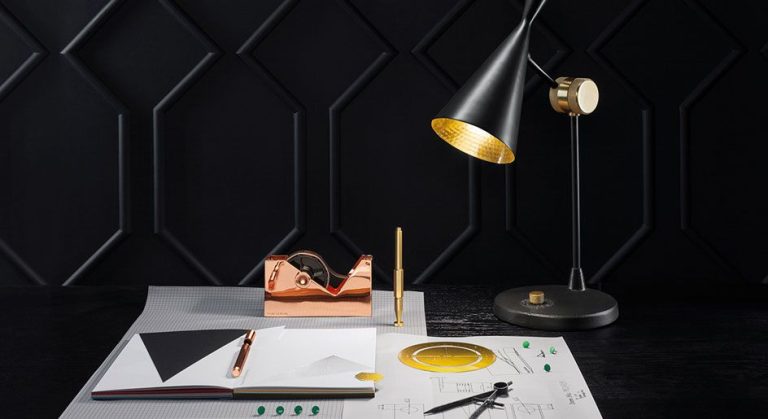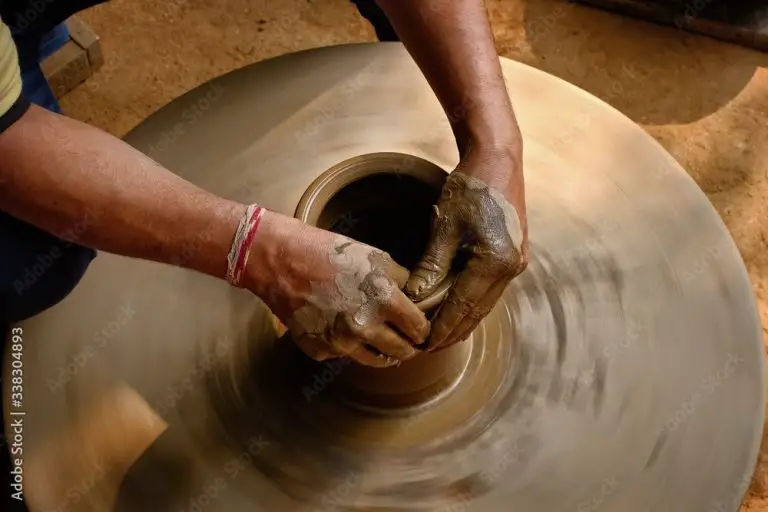How Do You Make Clay With Home Materials?
Clay is an ancient, versatile material used by artists and creators around the world for pottery, sculpture, jewelry, and more. Making your own homemade clay can be a fun DIY project using ingredients you likely already have at home. In this guide we will walk through the simple process of how to make homemade clay using common household items.
The goal is to create a durable, moldable clay that can be shaped into endless creations. Homemade clay may not achieve the smooth consistency or strength of professional ceramic clays. However, it provides an accessible and eco-friendly clay alternative using recycled and natural materials.
Gather Materials
Most of the ingredients needed to make homemade clay are likely already in your kitchen. Here are some common household items that can be used:
- All-purpose flour
- Salt
- Water
- Vegetable oil
- Cream of tartar
- Glycerin
- Cornstarch
You probably already have flour, salt, water, and vegetable oil on hand. Cream of tartar, glycerin, and cornstarch can be easily found at any grocery store. Make sure to use ingredients that are free of lumps or clumps when making the clay.
Combine Base Ingredients
The base of homemade clay is formed by mixing together equal parts flour and water. All-purpose flour works best. Start with about 1 cup of flour and slowly mix in 1 cup of water, stirring constantly to avoid clumps. The consistency should be like thick, sticky dough. If it’s too dry, add more water a tablespoon at a time. If it’s too wet, add a bit more flour. The exact ratio isn’t an exact science. You want the dough to be moldable but not runny.
Some alternatives to try for the flour include cornstarch, salt, or baking soda. Just substitute an equal amount of one of those for the flour. For the liquid, you can use something other than water such as lemon juice. This will add more binding properties to the clay.
Choose Colorants
Adding colorants to your homemade clay is an easy way to get creative with different colors and textures. Here are some common household items that can be used to color clay:
- Food coloring – A few drops of liquid food coloring or food coloring gels will tint the clay. Start with just a drop or two and add more to reach the desired shade.
- Acrylic paint – Acrylic craft paint works great for coloring clay. Use paint powder or mix the acrylic paint with a bit of water to thin it out before mixing into the clay.
- Eye shadow or blush – Crush up powder eye shadow or blush to make vibrant clay colors. A little goes a long way since the pigments are highly concentrated.
- Spices – Spices like turmeric, paprika, cinnamon, or curry powder can add an earthy tone to clay. Start with just a pinch and add more for a deeper shade.
- Chalk – Scrapings from sidewalk chalk or crushed chalk pastels infuse the clay with bright pops of color.
Get creative mixing colors by blending two or more colorants together. Try out different amounts to achieve the exact shade you want for your clay creations.
Add Texture
Texture is an important part of sculpting with clay. To make your homemade clay more interesting to work with, experiment by adding different textural ingredients.
These will alter the look, feel and workability of the clay in fun ways:
- Sand – Fine sand will give clay a gritty, coarse texture. Use play sand or builders sand.
- Sawdust – Sawdust makes clay feel more porous and organic. Avoid treated sawdust.
- Coffee grounds – Used coffee grounds add texture and a natural brown color.
- Kitty litter – Unscented, clay-based kitty litter gives clay a rough, stony texture.
- Flour or cornstarch – These make clay smoother and silkier to work with.
- Oatmeal – Finely ground oatmeal creates a nubby, bumpy texture.
- Seeds or spices – Whole mustard seeds, poppy seeds, caraway or cumin add speckled texture.
Get creative with household items you have on hand. Just avoid anything that could mold or rot. Add texture ingredients a little at a time until you achieve the desired effect.
Knead the Clay
Once you’ve mixed your base ingredients and additives together, it’s time to knead the clay. Kneading is the process of working and pressing the clay for an extended period to make it smooth and pliable.
Begin kneading by gathering the clay into a ball. Apply firm, even pressure as you push down into the clay and fold it over itself repeatedly. Kneading pushes out air bubbles that can weaken dried creations or cause cracking. It also blends the ingredients and additives thoroughly.
Aim to knead homemade clay for 10-15 minutes. It can take time for additives to fully incorporate. Stop kneading when the clay feels smooth, elastic, and soft. The clay should bend without cracking. Press a piece flat – it shouldn’t spring back right away.
Kneading well in the beginning helps homemade clay be more workable for shaping. Don’t rush this important step for an air bubble-free, flexible clay.
Shape Creations
There are many different ways you can shape your homemade clay into creative designs. Here are some ideas:
Sculpt by Hand
The simplest way to shape clay is to sculpt freehand using your fingers. Roll pieces into balls or coils, pinch and blend the clay, and form basic or detailed shapes. Sculpting by hand takes practice but allows for the most creativity and custom designs.
Use Cookie Cutters or Molds
Cookie cutters make it easy to create consistent clay shapes like circles, stars, hearts, and more. Press the cutters straight down into flattened clay to cut out designs. Molds work similarly, pressing clay into a detailed cavity to achieve that shape.
Make Extruded Shapes
An extruder tool lets you push clay through shaped openings to create long pieces like snakes, tubes, or thick strands. You can use these extruded pieces to make braids, layer them into shapes, or attach them together.
Get creative with how you shape your homemade clay! The possibilities are endless for making DIY clay charms, figurines, jewelry, and more.
Dry Clay
Once you’ve shaped your clay creations, they need to be thoroughly dried before painting and sealing. There are a few different drying options to choose from:
Air Drying
Air drying is the most natural method. Simply leave your clay sculptures out at room temperature for 1-3 days until they are completely hardened and dry to the touch. Keep them out of direct sunlight to prevent cracking. Air drying takes the longest but requires no special equipment.
Oven Baking
You can speed up the drying process by baking your clay in the oven. Place pieces on a cookie sheet or baking pan and bake at 200°F for 1-2 hours. Check regularly and turn off the oven once they are dry and firm. Lower temps prevent cracking. Bake modeling clay separately from food.
Microwave
For quick microwave drying, place the clay sculpture on a microwave-safe dish and microwave on half power in 1 minute intervals, allowing to cool slightly between sessions. Check carefully and stop when the clay feels dry. Watch closely to prevent cracking or burning. Microwaving can dry clay in just 10-20 minutes.
Always allow clay to fully dry and cool before painting or sealing to prevent trapped moisture. Drying times will vary based on climate, sculpture size, material thickness, and drying method.
Seal and Protect
Once your clay creations are fully dry, you’ll want to seal and protect them before using them. Clay is porous, so sealing is an important final step. There are a few options for sealing clay:
– Acrylic varnish or polyurethane – These clear finishes are commonly used for sealing clay. Apply 2-3 thin coats with a soft brush, allowing each coat to fully dry in between. Varnish or polyurethane will give your clay creations a glossy look and durable, water-resistant seal.
– Decoupage – For a decorative look, you can decoupage your clay using adhesive and tissue paper or other thin paper. This will seal the clay while adding colorful patterns or designs.
– Wax – Wax like beeswax or carnauba wax can be rubbed directly onto baked clay to seal and protect it. Wax will give more of a matte look.
– Epoxy resin – For a thick, glassy coating, you can brush on a layer of epoxy resin. This is a two-part product that requires precise mixing.
Test different sealing methods on clay scraps before using them on your finished pieces. Allow seals to fully cure before handling or using the clay creations.
Fun Variations
There are many fun variations you can try when making homemade clay. Here are some ideas:
Paper Clay – For this recipe, you’ll tear up sheets of paper like newspaper, paper towels or toilet paper into small pieces. Add the shredded paper to your clay mixture. The paper fibers help strengthen the clay when dry.
Salt Dough – Add 1 cup of salt to your clay recipe. Salt dough hardens into an extra sturdy material when baked or air dried. It’s great for ornaments.
Moon Sand – Mix 8 cups flour with 1 cup baby oil or mineral oil. Knead it together to form a soft, moldable sand. Unlike regular clay, it never fully dries out.
No-Cook Clay – For instant clay without cooking, use a base of body wash or lotion instead of water. Mix it with cornstarch until you achieve clay consistency.
Scented Clay – Add a few drops of essential oils like lavender, lemon or mint to your clay for soothing aromatherapy as you sculpt.
The options are endless when making homemade clay! Let your imagination run wild and experiment with fun new recipes and add-ins.





